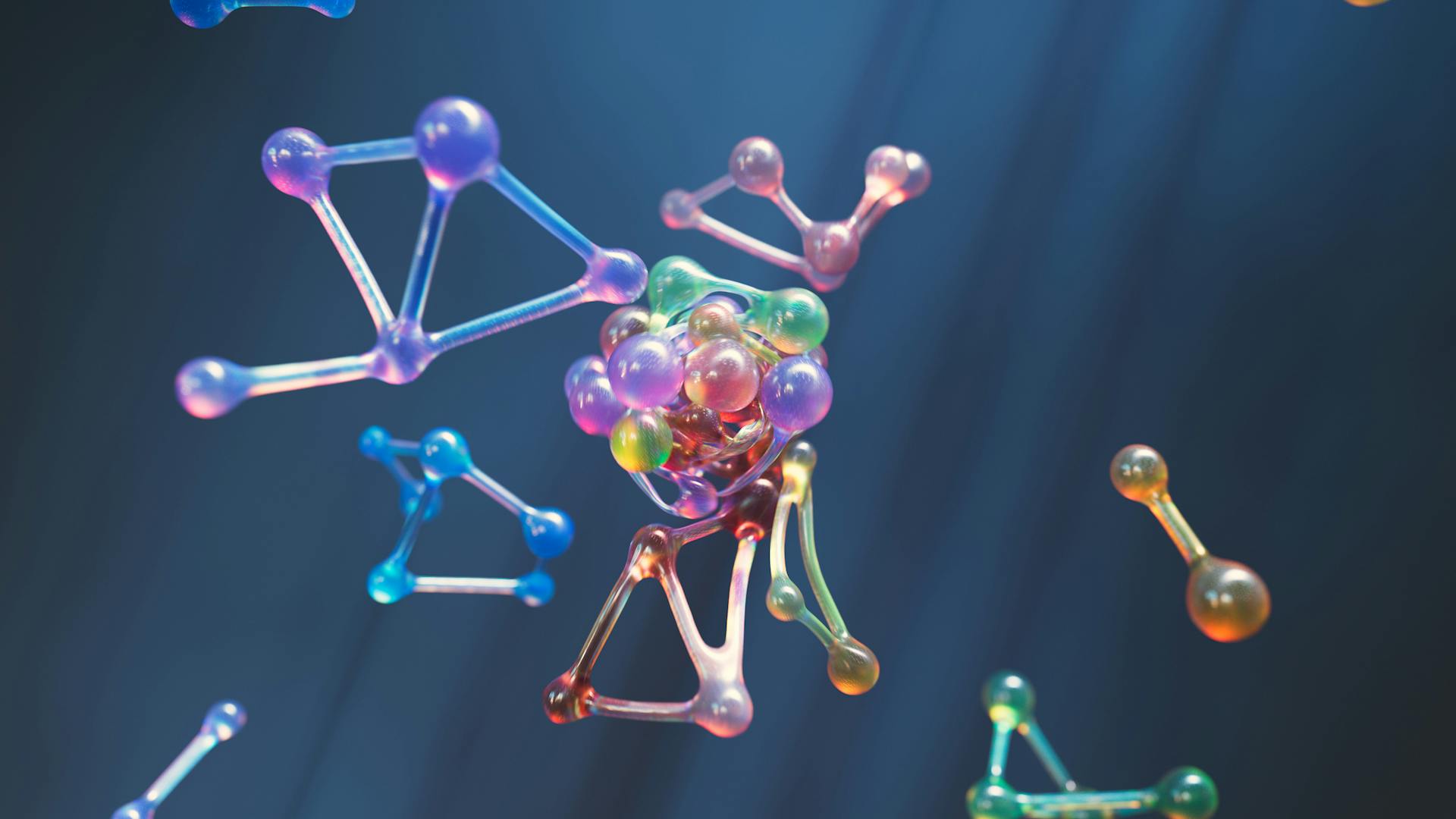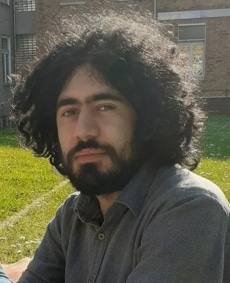
The Trinity term Principal’s Research Seminar featured a lecture on quantum chemistry and spectroscopy, delivered by Junior Research Fellow in Chemistry Dr Arman Nejad. The talk covered both the fundamental science and its practical applications, including examples from digital humanities, energy research, and spectroscopy-based chemical analysis.
Spectroscopy in the Real World—From Scrolls to Stars
The talk opened with striking, real-world examples of spectroscopy in action. Advanced X-ray imaging has allowed researchers to recover writing from carbonised scrolls buried in the eruption of Vesuvius—texts once thought unreadable. Similarly, 19th-century explorers’ journal entries, faded and scribbled over newspaper print, have been resurrected using hyperspectral imaging. Spectroscopy, it turns out, plays a role not only in the lab but also in heritage science, medicine (think MRI scans), surveillance (thermal imaging), and astrophysics (via the James Webb Space Telescope).
Chemistry: The Science of Change
At its core, chemistry is the science of transformation—understanding how substances react, rearrange, and exchange energy. These changes are governed by the behaviour of electrons, which are so light and fast-moving that classical physics cannot describe them accurately. This is where quantum mechanics comes in. But while the fundamental equations are known, they are far too complex to solve directly in most practical situations. This is the job of theoretical chemists: to find clever approximations that make predictions both meaningful and computationally feasible.
Predicting Molecules and Materials
The lecture highlighted how theoretical methods can help answer practical questions. These included how catalysts are used to reduce energy costs in ammonia production, how hydrogen might be stored and released efficiently using formic acid, and how carbon dioxide might be converted into useful chemicals. These challenges depend on understanding the quantum behaviour of electrons—especially when atoms are bound together in solids, where the problem becomes orders of magnitude more complex.
Recent work has focused on improving how electron interactions are modelled in such solids. By developing new mathematical techniques to handle the so-called Coulomb interactions (the forces between charged particles), the team has managed to create far more efficient simulations. This opens the door to studying complex systems that would previously have been beyond reach.
Vibrational Spectroscopy: The Fingerprint of Molecules
The second half of the talk turned to vibrational spectroscopy—a method of identifying molecules by their characteristic movements. Each molecule vibrates in a way that reflects its unique structure, and these vibrations absorb light at specific frequencies, creating a kind of spectral fingerprint.
One illustrative example involved the study of formic acid dimers. When molecules pair up and interact, their vibrational patterns shift subtly. These shifts can reveal how energy is distributed, how strong or directional hydrogen bonds are, and how molecules might behave in real chemical environments. In this case, unexplained spectral features recorded years ago were finally assigned with confidence through theoretical modelling.
Striking a Balance: Simplicity vs Precision
A central theme of the lecture was the trade-off between computational cost and predictive power. While it is possible to simulate small molecules with extreme accuracy, such calculations can take months—or even years—of processor time. Sometimes, simpler models provide insights quickly and reliably, especially when used by those who understand their limitations and strengths. In fact, some of the most elegant results came from relatively inexpensive methods that proved surprisingly predictive.
The Role of AI—and the Future of Understanding
Artificial intelligence is beginning to reshape chemistry, offering speed and precision at scales once thought impossible. However, the speaker raised a cautionary note: while AI can give the right answers, it doesn’t necessarily explain them. Will future students be taught to “press the button” and retrieve results without understanding the underlying science? Perhaps not—because, even in an AI-driven world, there’s enduring value in models that reveal the ‘why’ as well as the ‘what’.
As the talk concluded, a quote from Kant summed it up perfectly: “Thoughts without content are empty; intuitions without concepts are blind.” Theoretical chemistry is not just about data—it’s about meaning, interpretation, and a deep curiosity about the invisible forces that govern the material world.
